In the dense, damp understory of Vietnamese mountains, there exists a serpent so masterfully camouflaged that scientists didn’t officially discover it until 2011. The Vietnamese Mossy Frog-headed Snake (Fimbrios smithi) represents one of nature’s most remarkable examples of mimicry, with scales that have evolved to perfectly resemble the texture, color, and appearance of moss. This evolutionary marvel doesn’t just have a passing resemblance to moss – its entire body is a living disguise that renders it nearly invisible in its natural habitat. As we explore this fascinating creature, we’ll discover how this unique adaptation helps it survive, hunt, and avoid predation in ways that continue to amaze biologists studying Vietnam’s biodiversity.
The Discovery of Nature’s Perfect Disguise
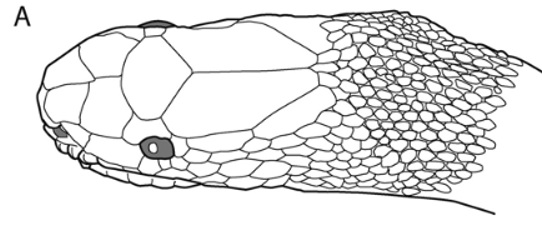
The Vietnamese Mossy Frog-headed Snake remained hidden from scientific documentation until relatively recently, discovered in 2011 by herpetologists conducting fieldwork in the mountains of Vietnam. Dr. Thomas Ziegler and his colleagues were surveying amphibian and reptile diversity when they encountered this peculiar species that seemed to disappear against the mossy rocks and forest floor. Initially, researchers almost overlooked the snake entirely, mistaking it for a moss-covered branch or rock formation. The formal scientific description was published after careful examination revealed that this wasn’t simply a snake with green coloration but rather a specialized mimicry that extended to the very texture of its scales. This late discovery underscores just how effective the snake’s camouflage truly is, having concealed itself not only from predators but from scientific detection for centuries.
Anatomical Features That Enable Perfect Mimicry
The mossy appearance of Fimbrios smithi isn’t simply a color pattern but an intricate anatomical adaptation involving specialized scales. Unlike the smooth or keeled scales of most snakes, this species possesses scales with irregular, jagged edges and tiny projections that create a three-dimensional texture remarkably similar to moss growth. These scales vary in size and shape across the snake’s body, further enhancing the illusion of natural moss variations. The coloration compounds this effect, featuring a base of olive-green with patches of darker green, brown, and sometimes hints of rusty orange that perfectly mimic the varied colorations of forest mosses. Microscopic examination reveals that even the light-reflecting properties of the scales have evolved to match the subtle ways moss interacts with dappled forest light, creating an illusion so complete that the snake effectively disappears when motionless.
Evolutionary Development of the Moss Disguise
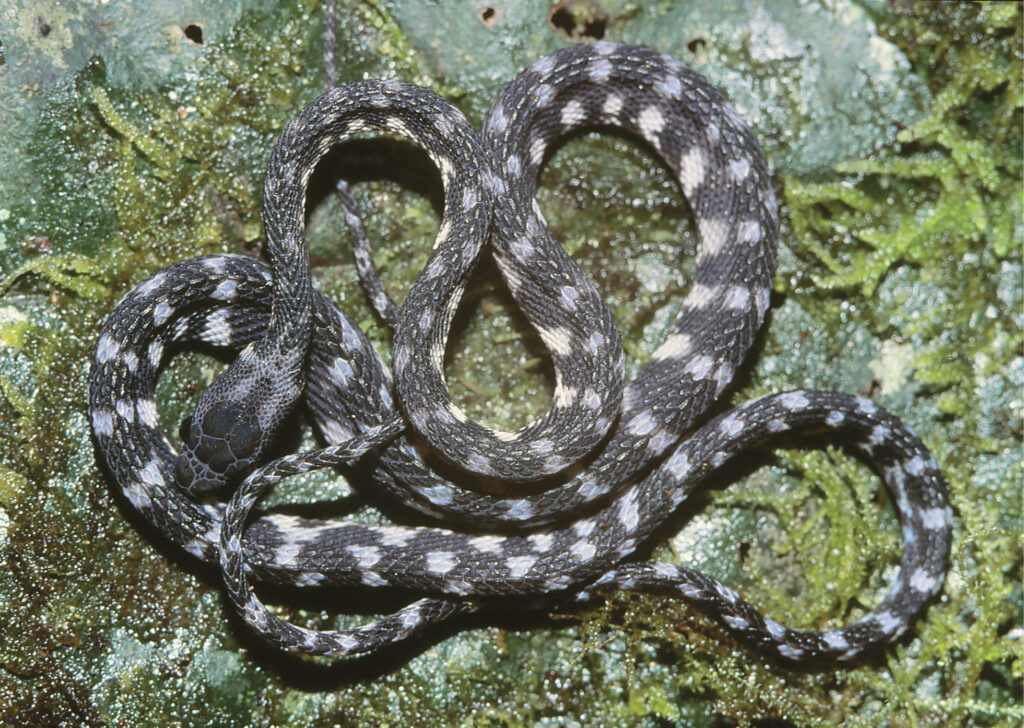
The evolutionary path that led to this remarkable camouflage represents millions of years of natural selection in the humid montane forests of Vietnam. Scientists believe the mossy appearance developed gradually, with each subtle mutation that improved camouflage providing a survival advantage to individuals possessing it. Genetic studies suggest that the textured scales evolved from more traditional reptilian scales through a series of mutations affecting scale development and keratin structure. Comparative analysis with related snake species shows that this adaptation is unique to Fimbrios smithi and its closest relatives, indicating a specialized evolutionary pathway. The evolutionary pressure driving this adaptation likely came from both predator avoidance and improved hunting success, as the camouflage serves dual purposes in the snake’s survival strategy.
The Perfect Habitat: Where Moss Snakes Thrive
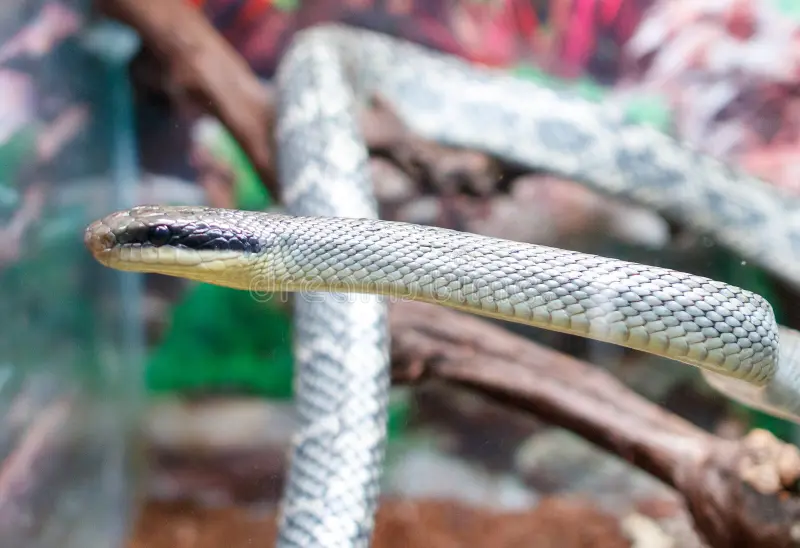
The Vietnamese Mossy Frog-headed Snake inhabits very specific ecological niches in the montane forests of Vietnam, typically at elevations between 1,200 and 1,800 meters above sea level. These habitats are characterized by high humidity, frequent mist or rain, and abundant moss growth on rocks, fallen logs, and tree bases. The snake shows a particular preference for microhabitats where moss naturally accumulates, such as north-facing rock surfaces, decaying logs, and areas near streams where moisture levels remain consistently high. Temperature ranges in these habitats remain relatively cool throughout the year, maintaining the conditions necessary for extensive moss growth. The limited geographic distribution of the snake corresponds perfectly with these specialized habitat requirements, explaining why the species has not been found in drier or warmer regions where its camouflage would be less effective.
Hunting Strategies of an Invisible Predator
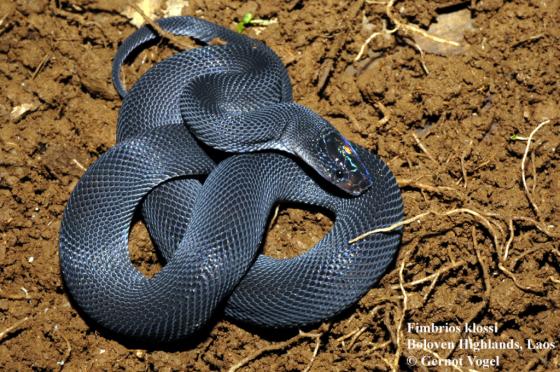
The mossy disguise serves not only as protection but as a hunting strategy that allows Fimbrios smithi to become a nearly invisible ambush predator. When hunting, the snake remains completely motionless for hours, blending perfectly with its surroundings as it waits for small prey to venture within striking distance. Field observations indicate that the snake primarily feeds on small amphibians, particularly frogs and salamanders that share its moist habitat. The prey animals, unable to distinguish the snake from actual moss, often approach within centimeters before the snake strikes with surprising speed. Infrared imaging studies have revealed that the snake maintains a lower body temperature than many other reptiles, further reducing its detectability to prey that might sense heat signatures. This patience-based hunting strategy compensates for the snake’s relatively slow movement speed compared to other serpents.
Predators and Defensive Behaviors
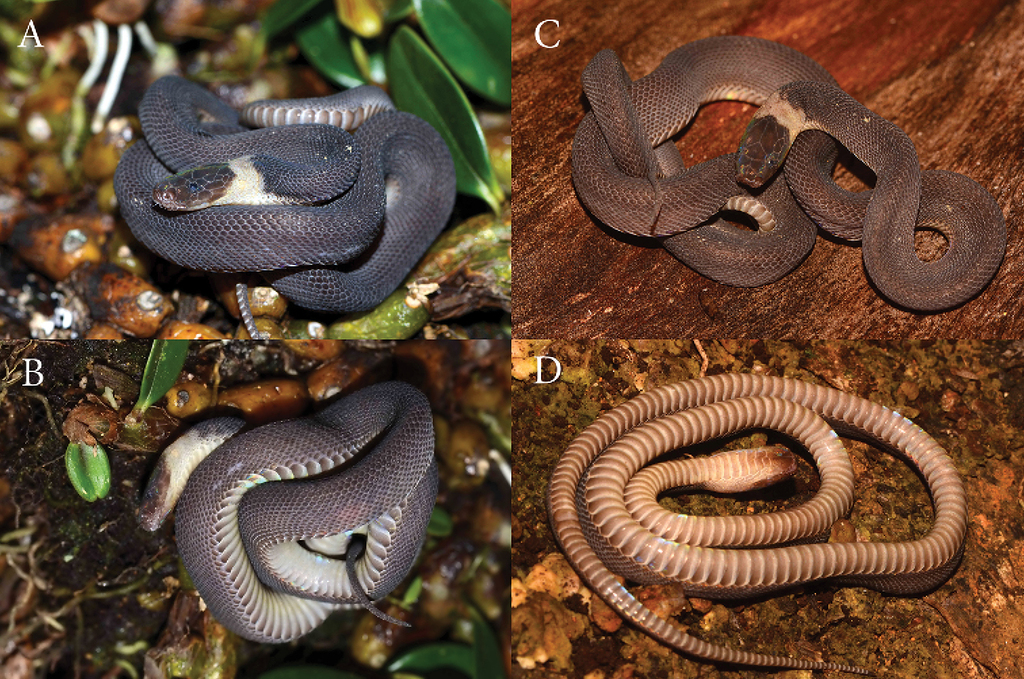
Despite its exceptional camouflage, the Vietnamese Mossy Frog-headed Snake still faces threats from predators capable of detecting its presence. Birds of prey with keen vision, certain mammals with acute olfactory senses, and larger reptiles all pose potential dangers to this small snake. When threatened, the snake’s first line of defense is to remain perfectly still, relying on its camouflage rather than attempting to flee. If detected and disturbed, the snake may employ a fascinating secondary defense by curling into a tight ball with its head hidden in the center, resembling a clump of moss rather than a snake. Researchers have observed that some individuals will also release a musky secretion that may serve to deter predators or mask the snake’s natural scent. Unlike many snakes, Fimbrios smithi rarely attempts to bite when handled, instead relying almost exclusively on its passive defense mechanisms.
Reproduction and Life Cycle Mysteries
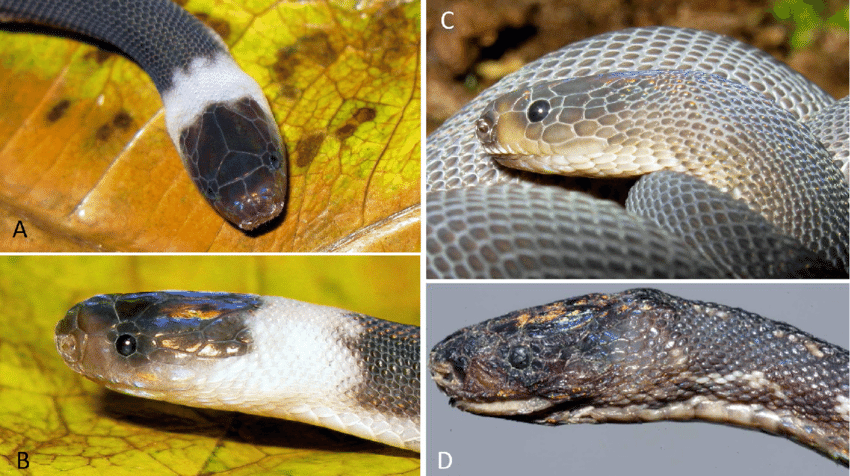
The reproductive biology of the Vietnamese Mossy Frog-headed Snake remains one of the least understood aspects of its life history, shrouded in mystery due to the species’ rarity and secretive nature. Limited observations suggest that the species is oviparous, laying small clutches of eggs in hidden, moist locations such as under rocks or within rotting logs. Female snakes appear to select nesting sites with abundant moss growth, providing immediate camouflage for both the eggs and eventually the hatchlings. The eggs themselves have a unique texture to their shells that may also serve as camouflage, featuring an unusual mottled pattern rather than the uniform white of most snake eggs. Hatchlings emerge fully equipped with their mossy disguise, though the coloration is often brighter and more uniform than in adults, developing more complex patterns as they mature.
Scientific Classification and Related Species
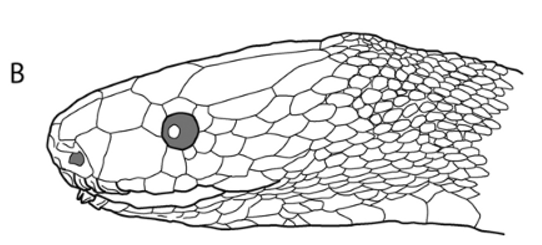
Taxonomically, Fimbrios smithi belongs to the family Xenodermatidae, a small group of unusual Asian snakes often referred to as “odd-scaled snakes” or “dragon snakes.” This family is characterized by unique scale arrangements and unusual head shapes, though none have developed the moss mimicry to the extent seen in Fimbrios smithi. Genetic analysis places the species in a lineage that diverged from other snakes approximately 30-35 million years ago, allowing ample time for its specialized adaptations to develop. Several related species exist within the genus Fimbrios, including Fimbrios klossi, which shares some textured scale features but lacks the complete moss-like appearance. Research continues to determine whether additional undiscovered species with similar adaptations may exist in the remote mountain regions of Southeast Asia, particularly in areas that remain poorly surveyed by herpetologists.
Conservation Status and Threats
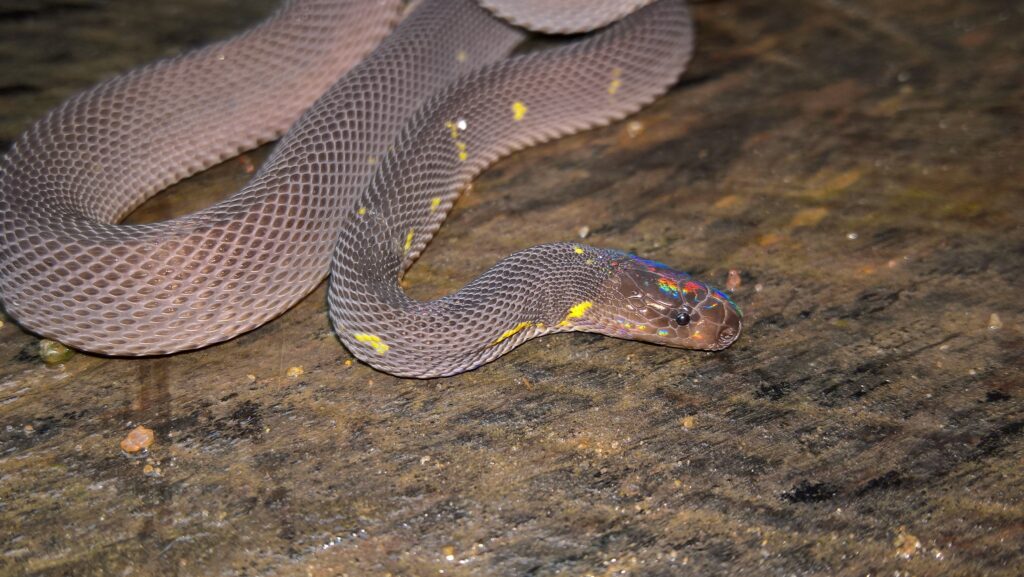
The Vietnamese Mossy Frog-headed Snake faces significant conservation challenges despite its remarkable adaptive capabilities. Currently listed as Vulnerable on the IUCN Red List, the species faces threats primarily from habitat loss as Vietnam’s montane forests face pressure from agriculture, logging, and infrastructure development. The snake’s highly specialized habitat requirements make it particularly sensitive to environmental changes, especially those affecting humidity levels and moss growth. Climate change poses an additional threat, as warming temperatures and altered precipitation patterns could significantly impact the cool, misty microhabitats the snake requires. The limited known distribution of Fimbrios smithi, confined to just a few mountain ranges in Vietnam, further increases its vulnerability to localized threats and potential extinction. Conservation efforts are hampered by the difficulty in locating and monitoring this highly camouflaged species, making population assessments challenging.
Cultural Significance and Local Knowledge
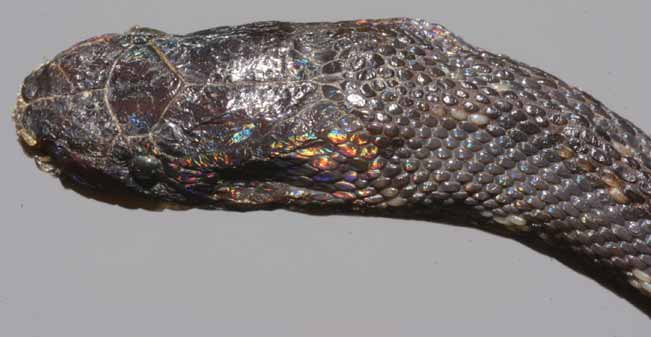
Indigenous communities in the mountain regions of Vietnam have long been aware of the “moss snake,” even while it remained unknown to Western science until recently. In local folklore, the snake is sometimes considered a forest spirit or guardian, its ability to blend perfectly with its surroundings attributed to magical properties rather than evolutionary adaptation. Some traditional medicinal practices in the region claim the snake possesses healing properties, unfortunately, sometimes leading to collection pressure on wild populations. Local nature guides and trackers often possess remarkable knowledge about where to find these elusive creatures, having developed an eye for spotting the subtle differences between actual moss and the disguised snake. This traditional ecological knowledge has proven invaluable to scientific researchers studying the species, creating important bridges between scientific and indigenous understanding of this remarkable creature.
Challenges in Scientific Research
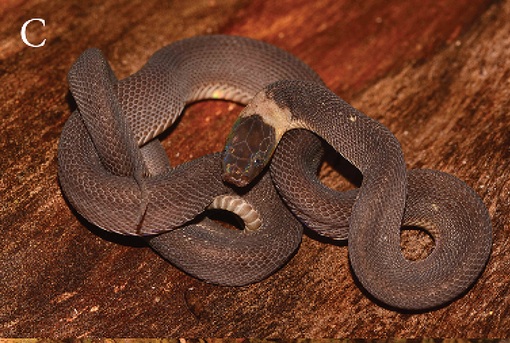
Studying the Vietnamese Mossy Frog-headed Snake presents unique challenges that have slowed scientific understanding of the species. Field researchers report that even when specifically searching for the snake, detection rates remain extraordinarily low, with experienced herpetologists typically finding only 1-2 specimens during weeks of intensive searching. Laboratory studies are hampered by difficulty in maintaining proper conditions for the species in captivity, as recreating the precise microhabitat conditions has proven challenging. Ethical considerations also limit certain types of research, as the vulnerable status of the species restricts collection for study purposes. High-definition photography and non-invasive observation techniques have become the preferred research methods, though these approaches have limitations in studying behavior and physiology. Recent advances in environmental DNA (eDNA) sampling show promise for detecting the presence of these snakes without direct observation, potentially allowing better mapping of their true distribution.
Similar Adaptations in Nature: Convergent Evolution
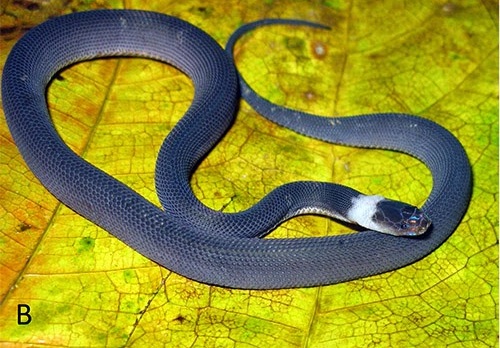
The remarkable moss mimicry of Fimbrios smithi represents a stunning example of convergent evolution, where similar adaptations develop independently in unrelated species. Several other organisms have evolved comparable moss-like appearances, including certain species of insects like the moss mantis (Pogonogaster tristani) and some amphibians such as the Vietnamese mossy frog (Theloderma corticale) that inhabits the same regions. Marine creatures, including certain nudibranchs (sea slugs), display similar adaptations in underwater environments rich in algae growth. The repeated evolution of these moss-mimicking traits across diverse animal groups demonstrates the powerful adaptive advantage this camouflage provides in appropriate habitats. Comparative studies between these unrelated species offer valuable insights into the evolutionary processes driving extreme camouflage, revealing common selective pressures despite vast differences in genetic background and body structure.
Future Directions in Research and Conservation
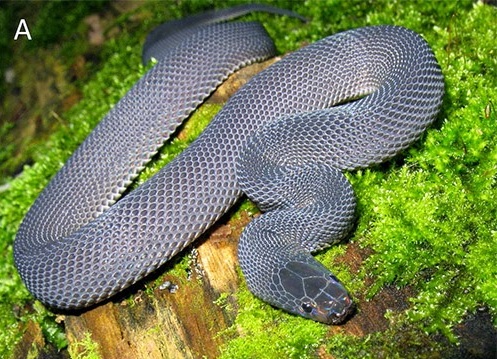
The future of both research and conservation for the Vietnamese Mossy Frog-headed Snake will require innovative approaches to overcome the challenges posed by its elusive nature. Emerging technologies such as thermal imaging cameras tuned to detect subtle temperature differences may improve field detection rates, allowing more comprehensive population surveys. Conservation initiatives are increasingly focusing on habitat protection rather than species-specific measures, working to preserve intact mountain forest ecosystems that benefit the snake, along with countless other specialized species. Genetic research may help clarify taxonomic relationships and identify distinct populations requiring protection as evolutionary significant units. Collaboration between international researchers, local conservation organizations, and indigenous communities will be essential for developing effective protection strategies for this remarkable serpent. Educational programs highlighting the snake’s extraordinary adaptation may also help generate public support for conservation efforts, showcasing it as a flagship species representing the wonders of evolutionary adaptation.
The Vietnamese Mossy Frog-headed Snake stands as one of nature’s most perfect examples of evolutionary specialization, a living testament to the extraordinary adaptations that can develop through natural selection. Its ability to transform its entire body into a nearly perfect replica of moss represents camouflage taken to its ultimate expression. As we continue to learn more about this remarkable creature, it reminds us that even in our modern age of exploration and discovery, nature still holds secrets waiting to be revealed. The moss snake’s story is one of survival through specialization, a strategy that has served it well for millions of years but now makes it vulnerable in a rapidly changing world. By understanding and protecting this living marvel of disguise, we preserve not just a species but a window into the incredible adaptive potential of life on Earth.




